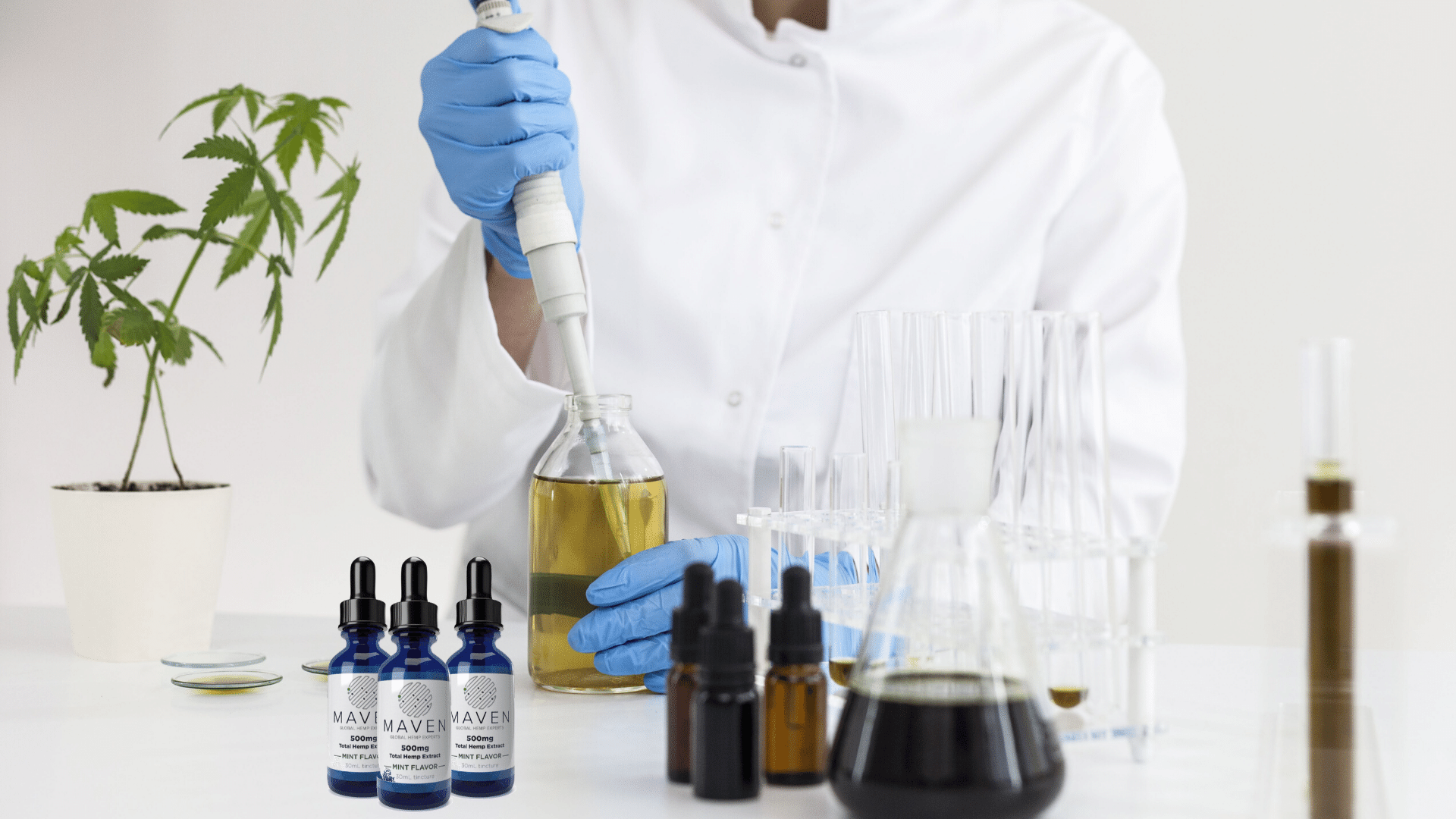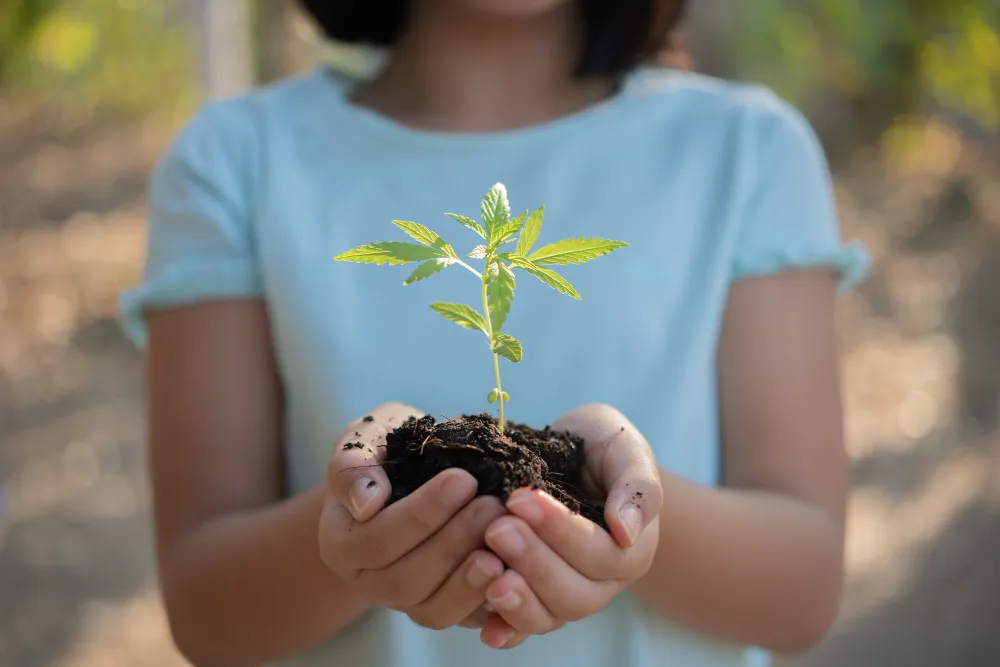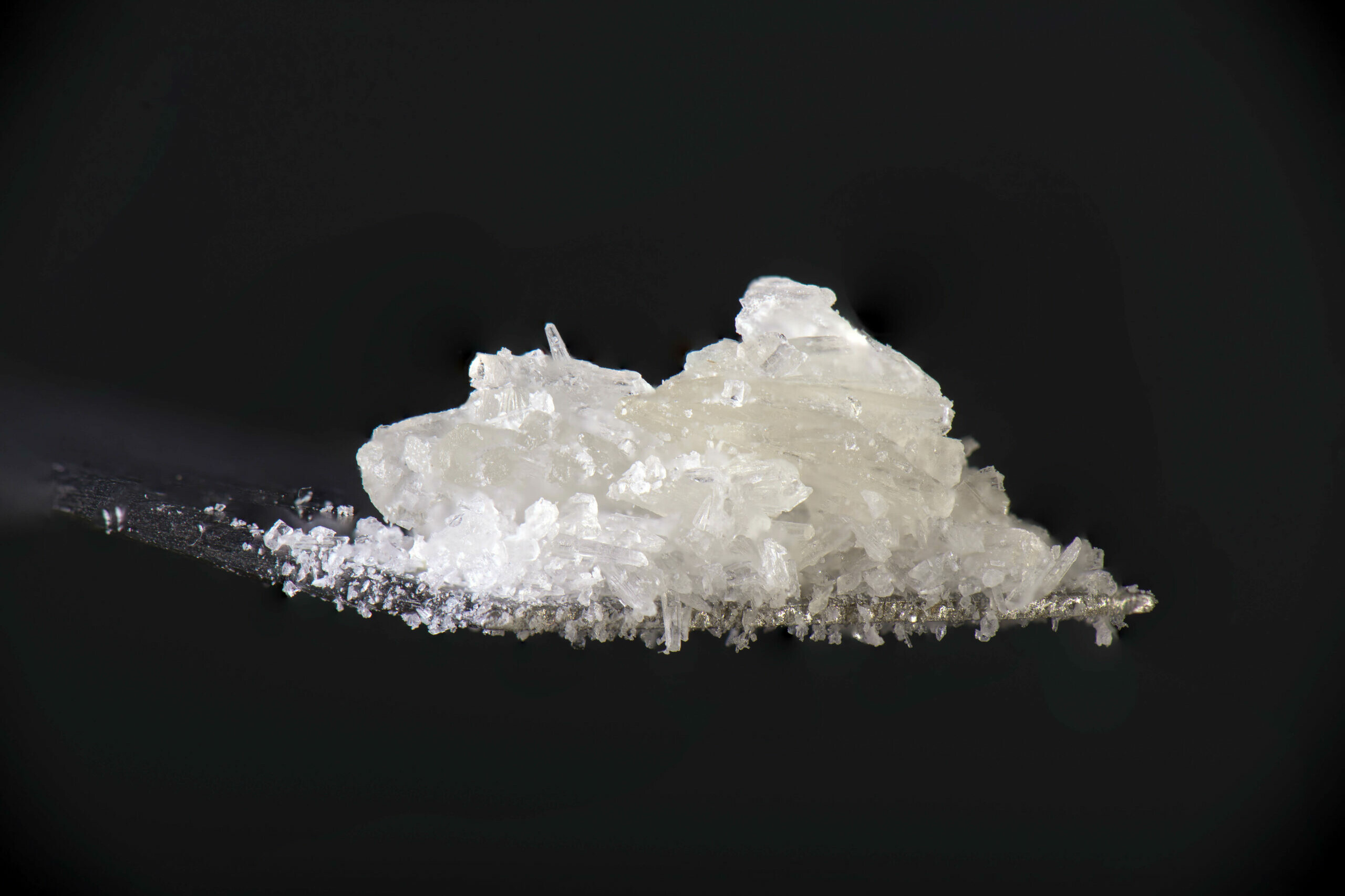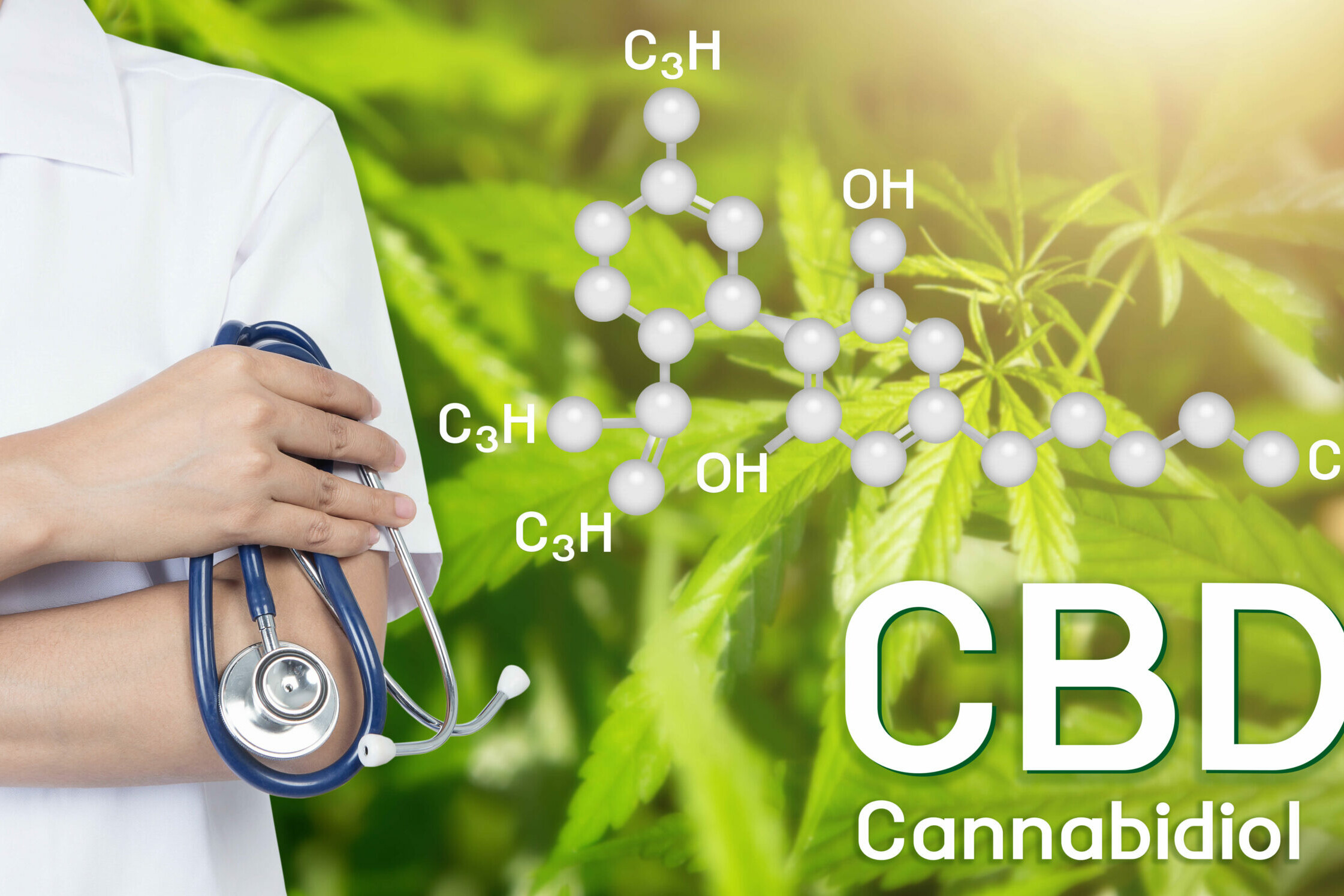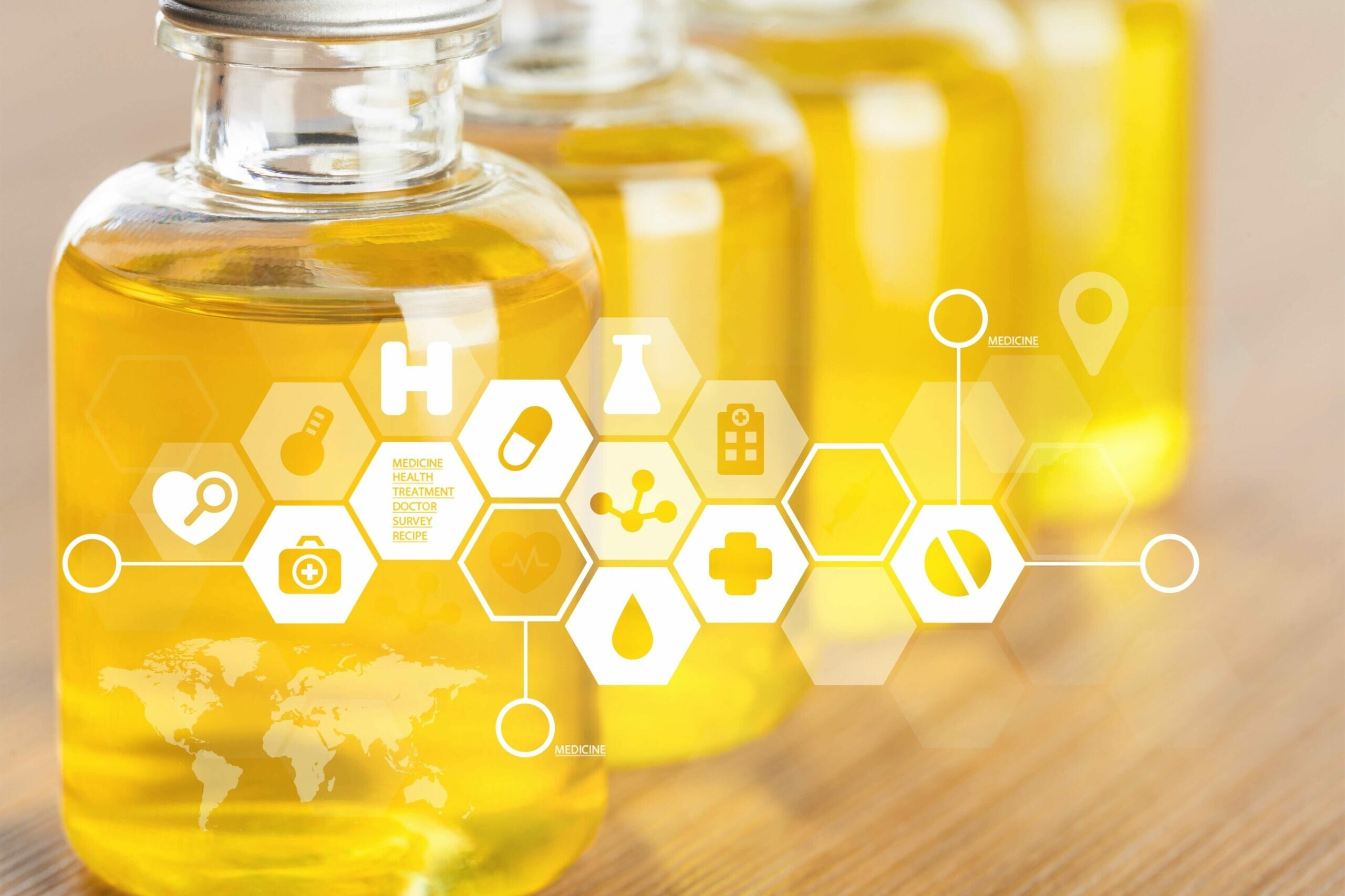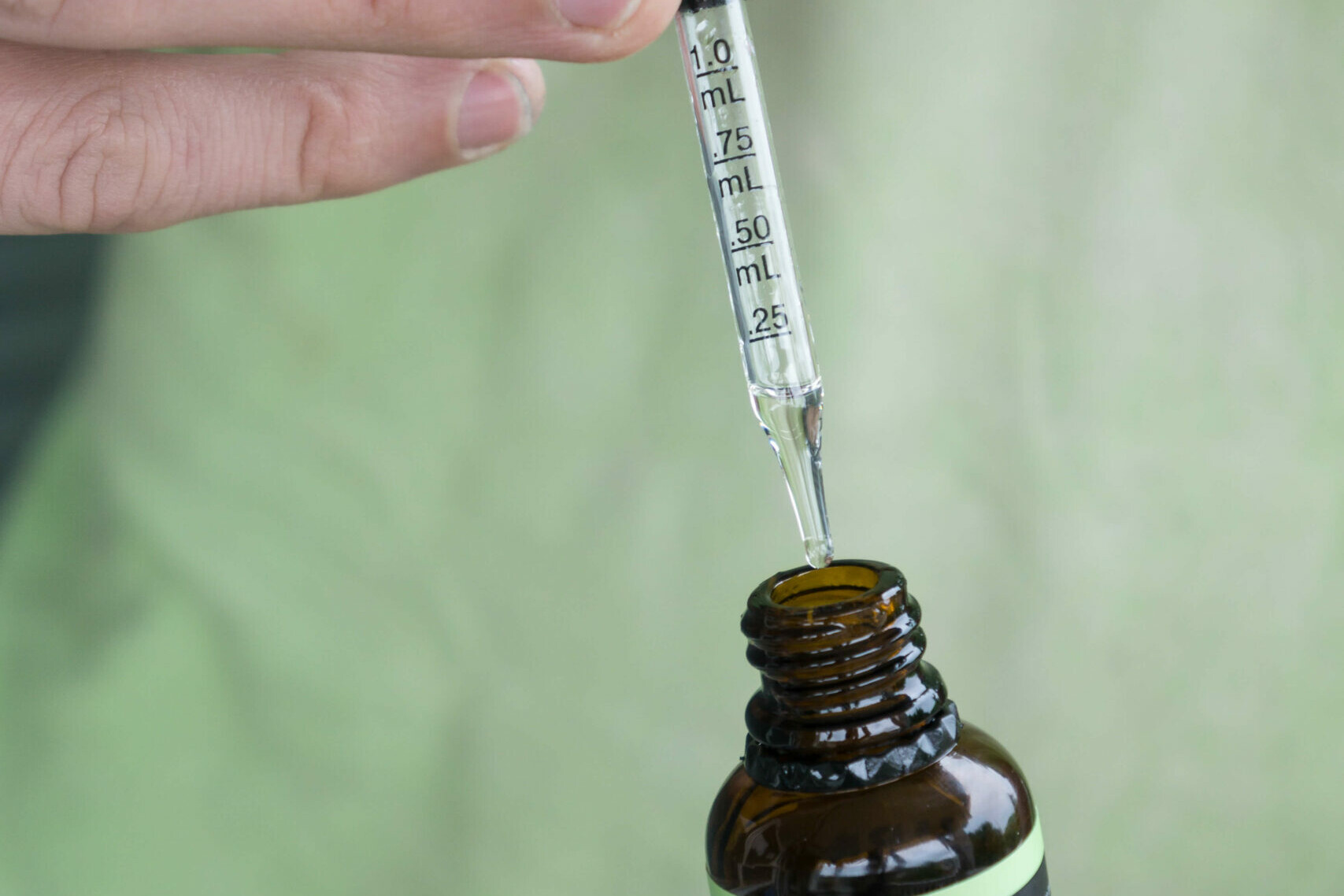CBD Lab Testing: How to Read CBD Oil Test Results
What is Lab-Tested CBD Oil?
There are CBD products and then there are lab-tested CBD hemp oil products. With the murkiness of the hemp industry at the moment, the lack of federal and state regulations has allowed for the infiltration of dangerous synthetic compounds. Even pure hemp extracts may vary in their THC and cannabinoid content. You may purchase from one company that uses CBD isolate while another uses zero-THC oil that contains other cannabinoids. [1] So what does it mean when CBD oil is lab-tested and why should you care?
Good Manufacturing Practice
Luckily for those who are looking to use CBD products, the FDA requires that factories and places that produce CBD be in compliance with Good Manufacturing Practice (GMP). [2] This is basically a quality control system to make sure that hemp extracts are properly processed. It’s assuring to know that places producing non-GMP CBD have received warnings from the FDA. But how will you know your CBD product has been properly treated and tested?
The GMP Stamp
First, the product will typically be labeled with the GMP stamp. It’s usually a black and white stamp (sometimes green) that says “Good Manufacturing
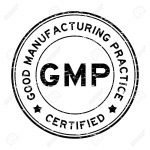 Practice” on it with the word “GMP” in the middle. It’s a good idea to always check the labels on the products that you are buying. If you purchase online, take a look at the company’s website to see if their products are in compliance with GMP standards.
Practice” on it with the word “GMP” in the middle. It’s a good idea to always check the labels on the products that you are buying. If you purchase online, take a look at the company’s website to see if their products are in compliance with GMP standards.
All of Maven Hemp’s CBD products are manufactured in accordance with GMP standards, so you can rest assured you are consuming a high-quality product that has been processed according the strictest standards.
Hemp Oil & Third-Party Lab Testing
Second, you want to make sure that the product has been tested by a third-party lab. This means that a lab tests the products for content and quality. If you’re looking for cannabis oils without THC or that are pure CBD, look for the zero-THC or pure-CBD stamp on the label as well as the words “third party lab tested”.
Cannabinoid Percentages in CBD Products
Third-party testing is also important because with the loose regulations, a study from 2017 found that 26% of CBD products contained less CBD than what was on the label. [3] This issue of over-labeling means you’re paying more for something that doesn’t contain as much of the active ingredient as advertised. Under-labeling on the other hand, isn’t as big of a problem. Synthetic CBD aside, natural CBD isn’t toxic and is non-intoxicating. So, even if there is more CBD in a product than expected, it won’t hurt you. With full-spectrum cannabis oil, a little THC (less than 0.3%) might be a problem if kids are ingesting it. In these cases, look for products that contain isolated or purified CBD with no other cannabinoids.
Questions? The Hemp Experts at Maven Have Answers
At Maven, our hemp experts are at the forefront of CBD research around the world. Check out our FAQs for answers to your most common questions and feel free to contact us for more information.
Reference
- Pavlovic, R., Nenna, G., Calvi, L., Panseri, S., Borgonovo, G., Giupponi, L., … Giorgi, A. (2018). Quality Traits of “Cannabidiol Oils”: Cannabinoids Content, Terpene Fingerprint and Oxidation Stability of European Commercially Available Preparations. Molecules (Basel, Switzerland), 23(5), 1230. doi:10.3390/molecules23051230
- Good Manufacturing Practice (GMP) Resources. (2019, January 23). Retrieved October 9, 2019, from https://ispe.org/initiatives/regulatory-resources/gmp.
- Bonn-Miller, M. O., Loflin, M., Thomas, B. F., Marcu, J. P., Hyke, T., & Vandrey, R. (2017). Labeling Accuracy of Cannabidiol Extracts Sold Online. JAMA, 318(17), 1708–1709. doi:10.1001/jama.2017.11909
